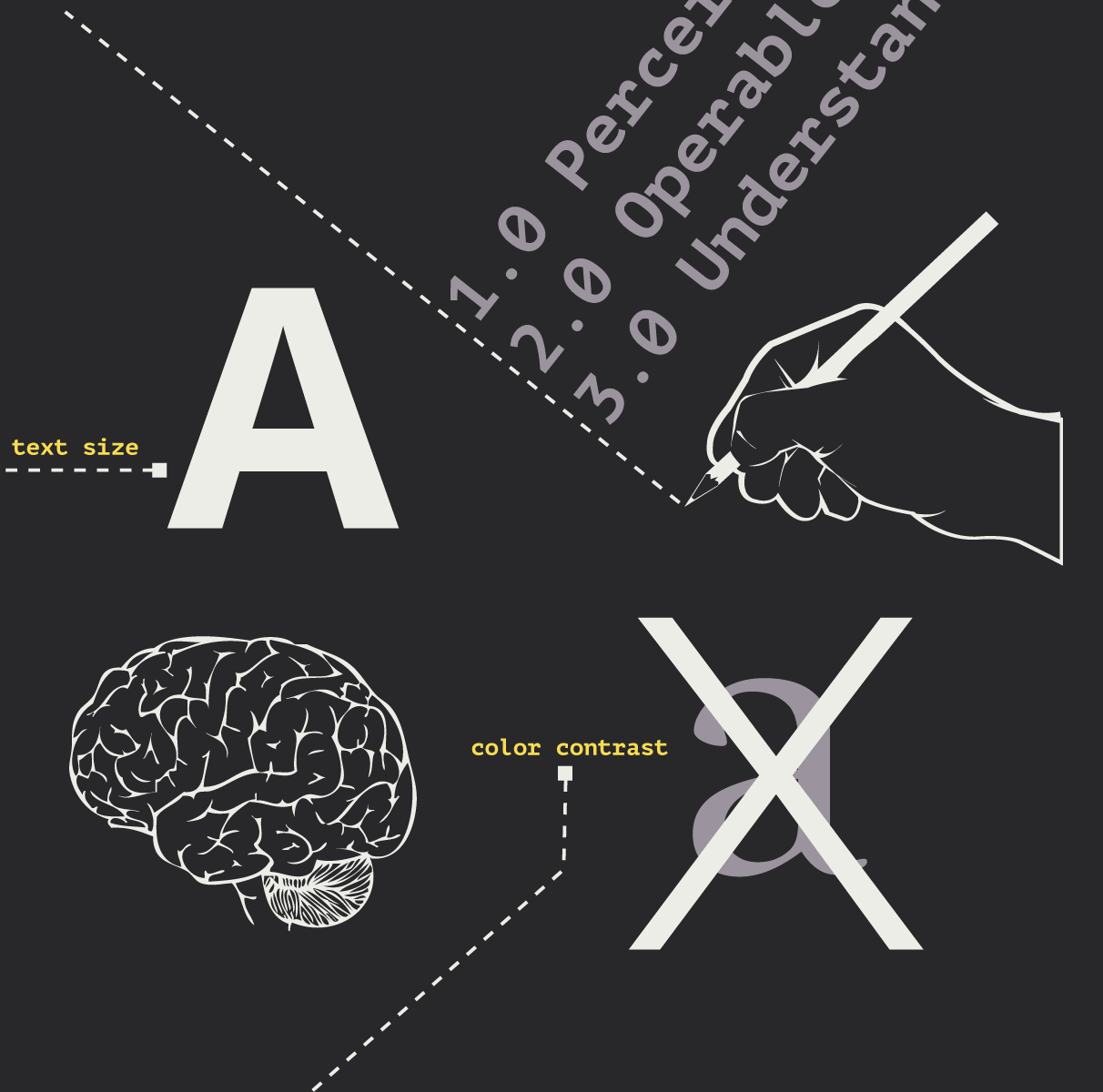We look at the value that website owners and online marketers can get from creating custom modules in HubSpot.
What Are Custom Modules?
With custom modules, you can create any type of content and add it to your HubSpot templates (including templates for website pages, blogs, landing pages, and emails) through HubSpot’s drag and drop interface. While HubSpot does provide a number of standard modules, the functionality of these modules is limited to what HubSpot has already defined. With custom modules, you are able to write your own code and make them do whatever you like.
Types of Custom Modules
Custom modules can take any form, from basic text entry fields to code snippets that interact with other systems. Here are a few examples of the types of functionality that can be added to HubSpot through custom modules:
- Twitter widgets – Include a feed from Twitter that displays the most recent tweets from a particular account or hashtag.
- Pinned posts – Select specific blog posts that you would like to have “pinned” to your blog’s sidebar.
- Product listing – Display featured products from your online store.
- Video backgrounds – Upload a video that plays in the background of your site using Javascript.
- Databases – Display or interact with data stored in HubSpot’s HubDB database tool.
Why Custom Modules?
HubSpot’s standard modules can be helpful, but they offer “cookie cutter” functionality, limiting you to the settings that they have specified. When you create custom modules, you have the power to build whatever functionality you like and display it in the manner that best fits your site. These modules can range from small content blocks like calls to action (CTAs) to completely new custom functionality.
We’ve found that one of the key benefits of custom modules is the ability to create structured content. For many website content authors and editors, a standard WYSIWYG rich text content editor has too many options, and they have trouble entering content into the blank slate that it provides and formatting it consistently across their site. That’s where structured content is helpful. Developers can create a form in which content editors simply enter text into the necessary fields, and it will be automatically formatted when it is published.
For example, we created a portfolio module for one client that allows them to display images of their work along with text descriptions. They simply choose the image(s) they want to show and fill out text fields for the page title, description, and image captions, and all of the formatting for the page is taken care of automatically. This allows content editors to create this type of content and ensure that it looks consistent across their site without the need to know HTML code.
When it comes to creating custom HubSpot modules, the possibilities are endless. If you want to know more about how Diagram's developers can help you build custom functionality into your site and make the process of creating and managing content easier, please contact us. Do you have any custom modules that you use, or any ideas for modules that you would like to implement? Please let us now about them in the comments below!
Image credit: created using vector designed by Freepik
Related Posts

Why Choose a CMS?
We look at the advantages that a Content Management System (CMS) can bring to your digital and content marketing strategy.

Accessibility Playbook Resources
Useful accessibility resources that are free for web designers, web developers, and content creators to help them build more inclusive websites.
Results Matter.
We design creative digital solutions that grow your business, strengthen your brand and engage your audience. Our team blends creativity with insights, analytics and technology to deliver beauty, function, accessibility and most of all, ROI. Do you have a project you want to discuss?
Like what you read?
Subscribe to our blog "Diagram Views" for the latest trends in web design, inbound marketing and mobile strategy.

